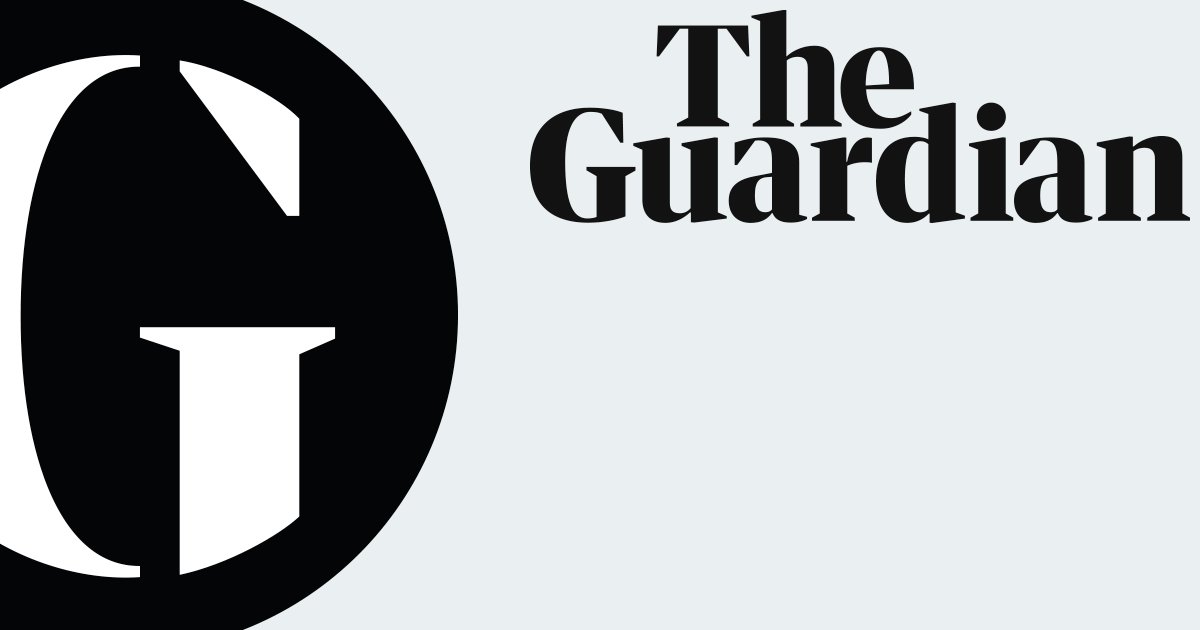Tag: Martin Parr
-

"Interview with Martin Parr – Boundaries Merely Exist in People’s Minds" (2007)
An Interview with Martin Parr – “Boundaries Merely Exist in People’s Minds” (2007) @ Martin Parr “I don’t see why you would want to reject it. Commerce makes things happen. One doesn’t want to be in the publicly subsidized ghetto, speaking to one percent of the population. Photography has the ability to be democratic, promiscuous…
-

Parrworld – The Guardian
Parrworld | Visual art review Baltic, GatesheadKitsch, bling and deadpan satire are all on show in Martin Parr’s terrific new collection of photographs and memorabilia, writes Alfred Hickling via the Guardian: http://www.guardian.co.uk/artanddesign/2009/nov/02/parrworld-review Martin Parr has said that he doesn’t take photographs, he collects them. This terrific show, spread over two floors at Baltic, takes the…
-
Magnum On Georgia, For Georgia
Link: Magnum On Georgia, For Georgia: This month Magnum Photos releases Georgian Spring: A Magnum Journal, a group project for which ten photographers—Thomas Dworzak, Martine Franck, Mark Power, Alex Majoli, Martin Parr, Alec Soth, Jonas Bendiksen, Antoine D’Agata, Gueorgui Pinkhassov and Paolo Pellegrin—traveled to the Eastern European country to document the contemporary culture and national…
-
5B4: Playas by Martin Parr
5B4: Playas by Martin Parr: If I understand correctly, Martin Parr and the publishers of his new book Playas, Editorial RM and Chris Boot, left all creative control of the book to the printer they employed in Mexico. That is, the design, sequencing, format, everything. This decision was made after asking several different low cost…
-
Martin Parr on the power of sepia and Madonna's photograph with Malawian child Mercy | The Guardian
From The Guardian: As well as the photo being sepia, there appears to be a subtle soft pink hue on Madonna herself. I guess this is the colour of reassuring, concerned maternity. You can imagine Madonna and her team thinking this through in the same way an advertising campaign is orchestrated. Check it out here.
-
Secret Britain travel guide part one: Photographer Martin Parr
Martin Parr reveals beauty in the banal through his photography, and says even mundane objects have charm – you only have to notice them Check it out here.
-
Learning To Take Photographs the Martin Parr Way – By Peter Terzian – Slate Magazine
We are on the Isle of Wight, a roughly diamond-shaped piece of land in the English Channel, for an educational weekend with Britain’s pre-eminent documentary photographer. Occasionally Martin Parr discusses technique and technology with individual members of the group, but mostly we learn by watching him. The lesson is simple: Photograph what you love. Check…
-
Martin Parr: Why Photojournalism Must "Get Modern"
British photographer Martin Parr, whose work straddles documentary and fine art photography, argues that photojournalism “has to get modern” to regain the attention and support of mainstream magazines. In this month’s “State of the Art Report: Photojournalism Survival” (PDN August), Parr asserts, “You have to disguise things as entertainment, but still leave a message and…
-
Martin Parr polarises the world of photography – Times Online
In the world of photography, if you want to start an argument, just mention the 55-year-old English photo-documentarist Martin Parr. Parr’s passion for recording everyday frailties and humdrum tawdriness – a larkily colourful social panorama, taking in the unappealing scrum of mass consumerism, the curious rituals of the middle class and the messy indulgences of…
-
My week: Martin Parr, photographer – Telegraph
: I flew up to the Baltic Centre for Contemporary Art in Gateshead to do the last bit of filming for Picture This, a Channel 4 series about six young photographers competing for the chance to mount a solo exhibition (I was one of three judges). The winner was Elizabeth Gordon, a former alcoholic who…
-

Martin Parr: Uruguay
Martin Parr photo essay, from Magnum Photos: Punta del Este is a popular vacation spot on the southern tip of Uruguay. It is regarded as “the Saint-Tropez of Latin America”, since it has become a playground for the rich and famous of Southern South America, mainly Argentinians, local Uruguayans, Paraguayans and Brazilians. Martin Parr captured…
-
The Web This Morning
Photos – Martin Parr’s Parking Spaces Photos – Paolo Pellegrin’s World Press wins Photos – Bolivian Elections by Christopher Anderson NYT – General says training of Iraqi troops suffered from poor planning and staffing
